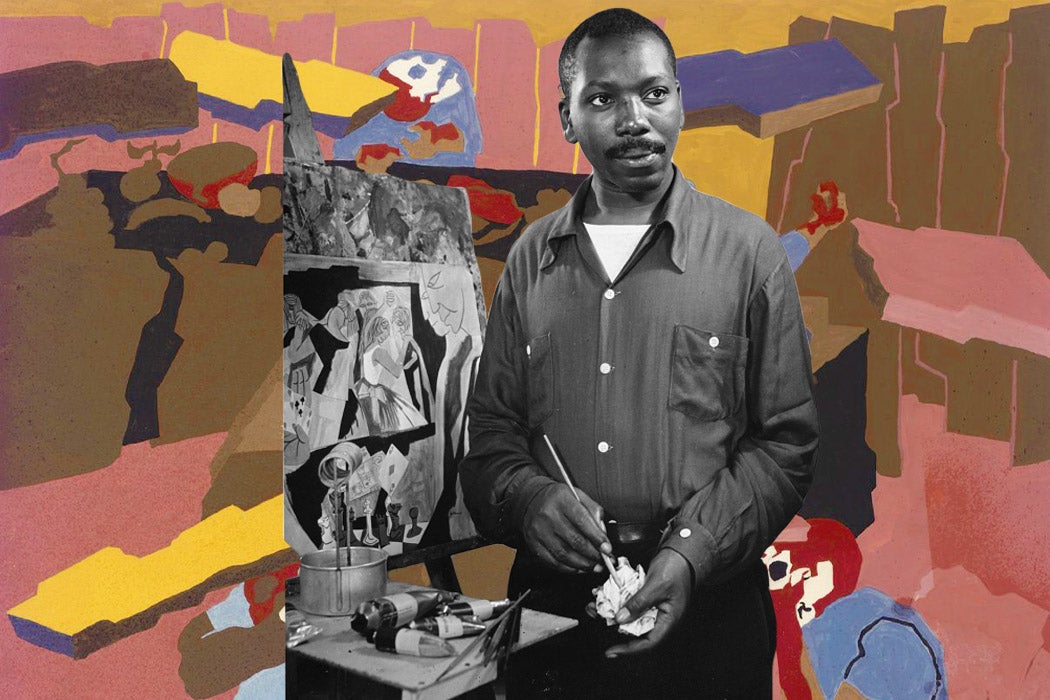In 1804, Haiti became the first independent Caribbean country and only the second republic in the Americas. The Haitian revolution of 1791-1804 abolished slavery and defeated a French army led by Napoleon’s brother-in-law. Haitians took their name from the indigenous Taino name for the island—which the French called Saint-Domingue and the Spanish termed Hispaniola and Santo Domingo. It was the first nation outside of Africa led by people of African ancestry. The symbolism reverberated throughout the African diaspora, including in the United States.
Ever since, art historian Krista A. Thompson notes, African Americans have had a complicated relationship with the island nation. Thompson examines “the dreams of diaspora” amongst African American artists during a particularly fraught period in the first half of the last century. U.S. Marines occupied Haiti from 1915-1934 to support local elites and foreign investors. In the midst of the Harlem Renaissance, this paternalistic and violent occupation was strongly opposed by black political and cultural leaders in the U.S, including James Weldon Johnson and W. E. B. Du Bois of the NAACP. (Du Bois had been a foundational figure at the landmark pan-Africanist congress in Paris in 1919.)
Thompson’s thesis centers on the difference between those artists who visited Haiti, living and working there, and those who tried to represent their ideas or dreams of the place from afar. Jacob Lawrence is the best-known artist of the latter group. Painting in Harlem, he came to the idea of Haiti from books. His monumental Toussaint L’Ouverture Series (1937-1938) is made up of forty-one panels that narrate the Haitian Revolution. Named after one of the leaders of the revolution, they are vividly colored, idealistic, and expressionistic works.
It seems paradoxical, writes Thompson, that works like Lawrence’s “inspired and exhibited at a geographical distance, could more successfully evoke racial communitas—a sense of solidarity and equality—for black Americans and Haitian officials than the work of an artist resident in Haiti.”
Thompson is specifically referring to Midwesterner William E. Scott, who lived in Port-au-Prince on a fellowship in 1931-1932. He produced some 144 works, in oil, watercolor, and pencil, while there. “Traveling to the island caused Scott and other artists who followed his path to meditate further on the distance between their positions as African Americans and the idea of African diasporic alliances to Haiti.”
Scott’s concentration on “peasants and lack of interest in the island’s revolutionary past” actually sparked criticism from Haitian elites. But for local artists, his work became “a visual template for the development of an art movement catalyzed by opposition to U.S. occupation.”
Once a Week
While Scott’s experience “lessened the physical distance between members of African diasporic groups, it seems to have simultaneously widened the gap of the imagined pan-African community.” Thompson notes that Scott never portrayed the U.S. presence on the island. James Porter and Aaron Douglas, two African American painters who followed in Scott’s wake, also approached Haiti “primarily as a touristic and exotic site.”
Thompson doesn’t judge the decisions made by American artists representing Haiti. And she reiterates that Scott had a significant “influence on the Haitian indigenist visual arts movement.” She concludes by describing “the difficulty of dreaming with one’s eyes wide open, the complexity of recognizing and representing radical difference while imaging and inspiring collective diasporic freedom dreams.”







